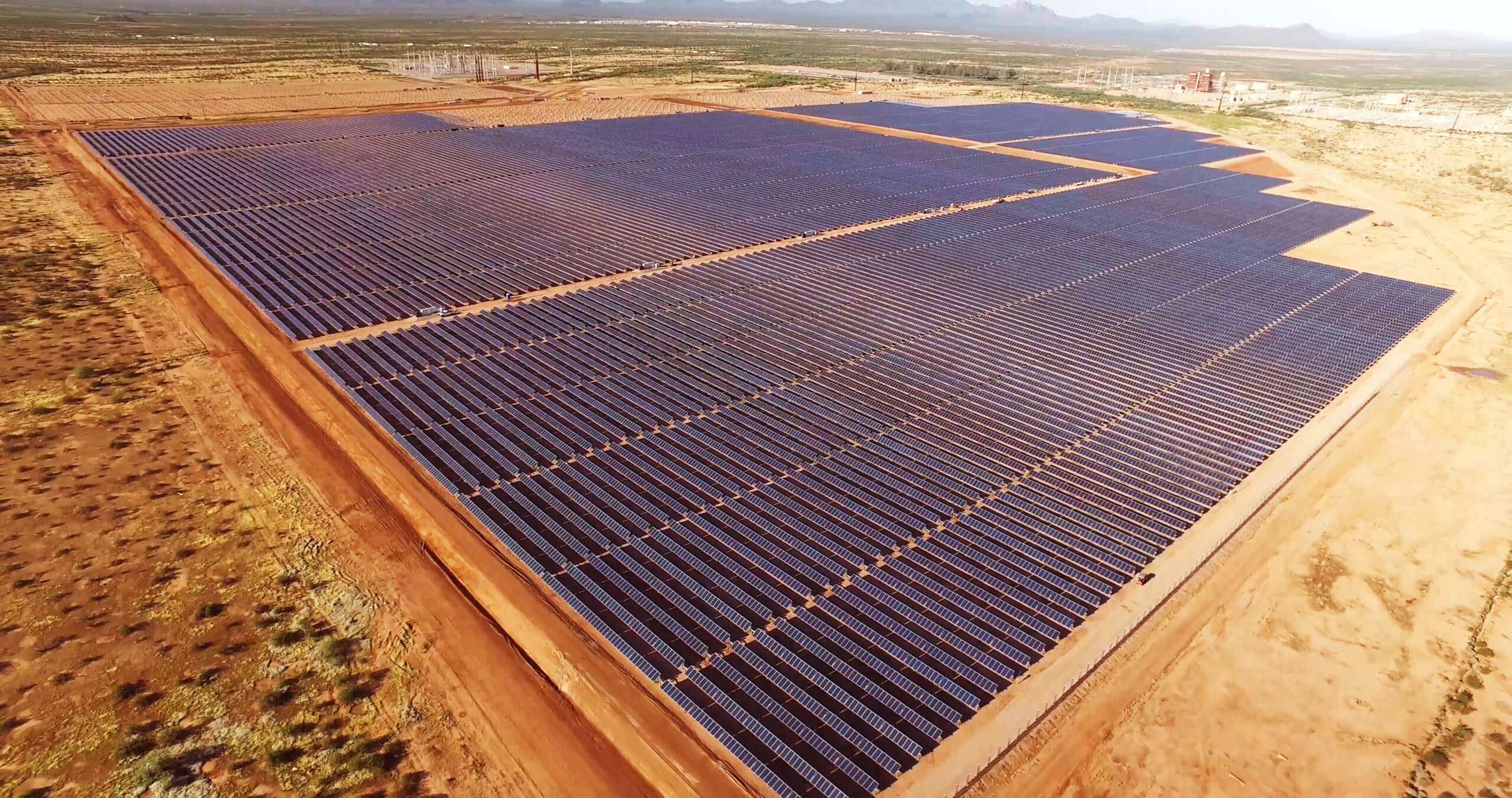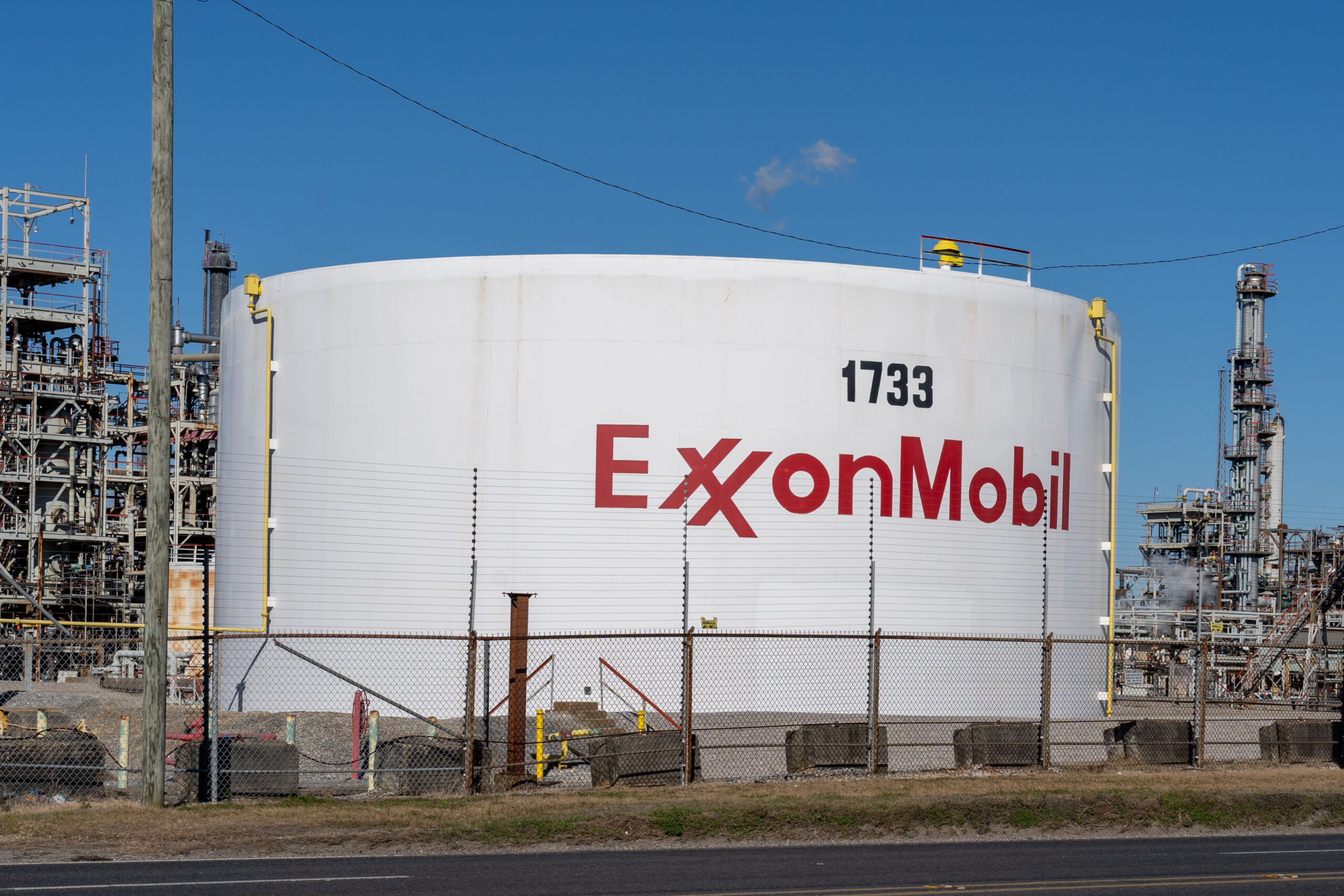UAE eyes multifaceted energy transition
The UAE, which was the first Middle Eastern country to announce a net zero emissions target by 2050 and will host the 2023 UN-led climate conference, sees itself at the forefront of the regional energy transition.

The United Arab Emirates, which considers nuclear power as part of its clean energy plan, aims to boost the share of clean energy in its domestic mix to 50 percent by 2050 from 25 percent in 2017. Under this plan, renewables would contribute 44 percent of the energy mix, nuclear energy would contribute 6 percent, gas would contribute 38 percent and clean coal would contribute 12 percent.
“My assessment is that they have a lot of positive elements for them to succeed,” Claude Mourey, Director of Hydrogen and New Energies in the Middle East at Wood Mackenzie, tells Gas Outlook. “They have experience in CCS, they have experience in renewables, they have experience in delivering large projects, and when there is a political will, it is happening,” she adds.
According to Wood Mackenzie’s forecasts, the UAE’s nuclear power generation will ramp up to full capacity in 2026-2027, constituting around 17 percent of the electricity mix in 2030, and coal and gas together will comprise 57 percent of the mix. The consultancy expects solar power to provide 42 percent of the energy mix by 2050, while nuclear would account for 12 percent, “very close, I think, to their goal,” says Mourey, who is based in the UAE.
The plan will allow Abu Dhabi – the UAE’s capital and largest emirate – to reduce its emissions by 70 percent by 2050 and to cut its spending on power generation, UAE energy minister Suhail al-Mazrouei said at Abu Dhabi Sustainability Week in January. “We were supposed to spend $353 billion on fuel, plus capex, but going 50 percent green would save us $191 billion, or almost 60 percent of the budget,” he said. He added that the shift would also bring environmental benefits and create job opportunities.
Abu Dhabi’s state-owned renewables company Masdar is the driving force behind the effort to boost power generation from renewables domestically and abroad. The company, established by sovereign wealth fund Mubadala in 2006, plans to grow its global generation capacity fivefold to 100 GW, the UAE’s special envoy for climate change Sultan al-Jaber announced at the Abu Dhabi conference. Al-Jaber is also the chairman of Masdar and the chief executive of state-owned oil company Adnoc, which announced in December that it would take a 24 percent stake in Masdar’s renewable energy business. Sovereign wealth fund Taqa is taking a 43 percent stake, and Mubadala is retaining a 33 percent share.
Masdar has invested in solar and wind projects in 40 countries – including the United Kingdom, the U.S., Australia, Spain, Serbia, India, Indonesia, and Uzbekistan – producing 23 GW, and plans to increase output to 50 GW by 2030. “Our ambition is to accelerate this development to reach 100 GW and ultimately double that again, to 200 GW,” said al-Jaber at the conference, although he did not provide a timeline.
Masdar’s international portfolio includes a 20 percent stake in the UK’s London Array offshore wind farm, and a 25 percent share in Scotland’s floating offshore Hywind wind farm. It has concluded deals to develop Armenia’s biggest utility-scale solar project, as well as a 65 MW solar project in Greece and two 220 MW solar plants in Uzbekistan. Masdar is also a partner in neighbouring Oman’s Dhofar Wind Power Project.
Domestically, Masdar has invested in over 11 solar projects. One such project is the 100 MW Shams 1 solar power station in western Abu Dhabi, which was the largest renewable energy project in operation in the Middle East when it was launched in 2013. It “displaces about 175,000 tons of carbon dioxide per year, which is equivalent to planting 1.5 million trees, or removing 15,000 cars from Abu Dhabi’s roads,” energy consultant Carole Nakhle of Crystol Energy tells Gas Outlook.
Masdar’s domestic portfolio also includes the Mohammed Bin Rashid Al Maktoun Solar Park, which is one of the world’s largest solar photovoltaic plants. A Masdar-led consortium won the project in 2016 by bidding the lowest recorded price at the time for a solar plant at 2.99 US cents per kilowatt-hour (kW/h).
Investing in hydrogen
The UAE also plans to manufacture and export hydrogen, aspires to capture a 25 percent slice of the hydrogen export market, and is targeting many of its oil and gas customers. “We think, as we are big in hydrocarbons… [we] will be big in hydrogen and hydrogen exports,” said al-Mazrouei at the conference. Japan, China and India currently take the bulk of the UAE’s crude and LNG exports.
“Abu Dhabi is spreading its bets for now – investing in both green and blue hydrogen. The Emirate has very clearly sought alliances and partnerships to accelerate momentum, especially to help underpin its export plans,” Michelle Meineke, an independent sustainability and energy consultant based in London. tells Gas Outlook. “But there is still a long way to go, and pricing dynamics in the next few years will start to clearly shape which tops the hierarchy,” she adds.
Adnoc signed memorandums of understanding and joint study agreements in March with German firms to accelerate the scale-up of hydrogen supply chains between Abu Dhabi and Germany. Adnoc said it would explore, together with Germany’s Uniper and Hydrogenious and Japan’s Jera, the transportation of hydrogen between the UAE and Germany using Liquid Organic Hydrogen Carrier (LOHC) technology.
Also in March, Adnoc signed contracts to ship low carbon blue ammonia – to be produced by Fertiglobe in Abu Dhabi’s Ruwais Industrial Complex – to Germany’s copper manufacturer Aurubis and energy companies RWE, Getec and Steag. The shipment – the first of its kind from Abu Dhabi – is planned this year.
And Spain’s Cepsa oil and gas company, in which Mubadala has a majority stake, is discussing joint low-carbon investments, particularly in green hydrogen, with Adnoc and Masdar.
Nuclear energy is also a main plank in the UAE’s clean energy plans, not only because the power it produces is carbon free, but also because the energy it produces can be used to produce pink hydrogen. Two of the Barakah nuclear energy plant’s units – each with a capacity of 1.4 GW – have been commissioned. The Emirates Nuclear Energy Corporation (ENEC) expects that once Barakah is at full capacity, it will provide some 49 TWh/yr of electricity, meeting around 25 percent of the UAE’s power demand, and will have the potential to produce up to 1mn t/yr of hydrogen.
The UAE is initially positioning itself as a supplier of blue hydrogen, given its abundant supplies of low-cost gas. The degree of its climate friendliness depends on how much of the carbon dioxide resulting from the process can be captured, which in turn will depend on the technology that is deployed at scale, Mourey tells Gas Outlook. But pink hydrogen would be a lot more climate friendly, given that “the carbon intensity of nuclear energy is very very low” although how much pink hydrogen is ultimately produced would depend on how much excess nuclear power would be available for the process.
The production of green hydrogen – the most climate friendly form of hydrogen – will depend on how much solar-generated power will be available for the process. “They will prioritise electricity from solar to the grid, and the excess will probably be used for producing green hydrogen,” says Mourey.
But the UAE also plans to keep its hydrocarbons industry thriving and is planning a 25 percent boost to its crude oil capacity to 5 million b/d by 2030. It says a hasty, improperly planned energy transition that ditches traditional hydrocarbon fuels prematurely could push people into energy poverty.
“Alongside renewables, we need nuclear, natural gas and oil from parts of the world where it takes the least amount of carbon to produce,” al-Jaber said in March at the Middle East and North Africa Climate Week 2022. “We should not be adopting policies that lead to energy poverty,” he added.
“There is much to be said about the clean energy projects the UAE is pursuing,” Nakhle tells Gas Outlook. “But perhaps the most refreshing observation to be made is that, by wisely using their hydrocarbon revenues to diversify their own economy and energy mix, major oil producers can also help the world diversify away from fossil fuels – a win-win outcome,” she adds.



